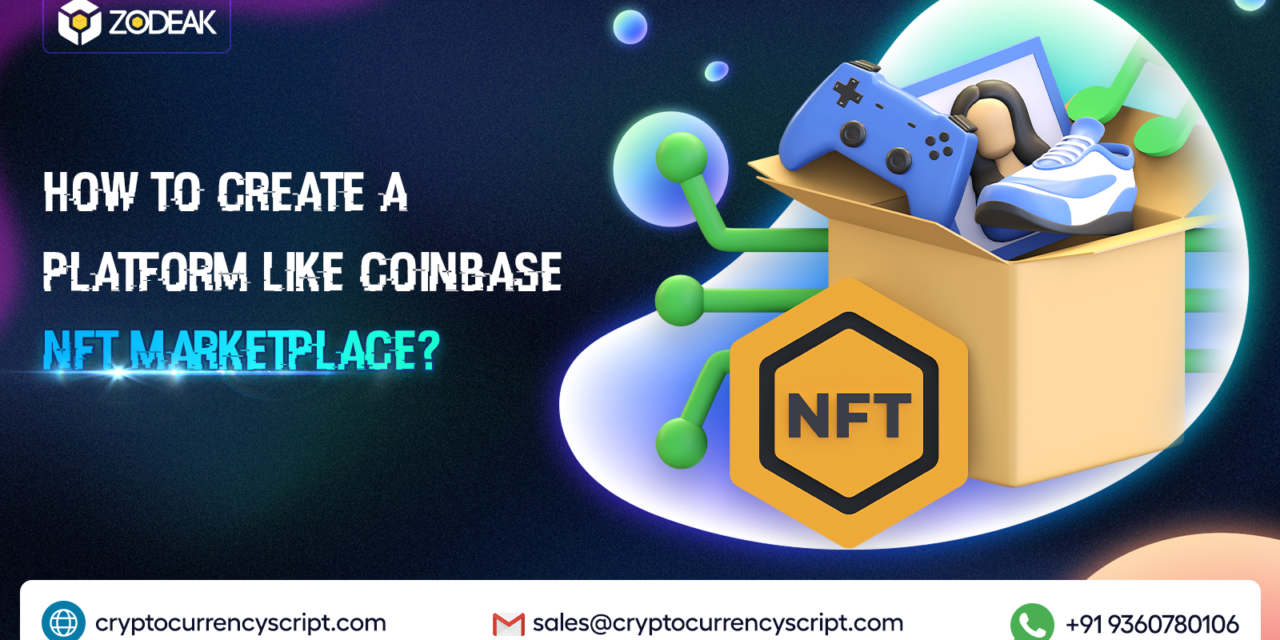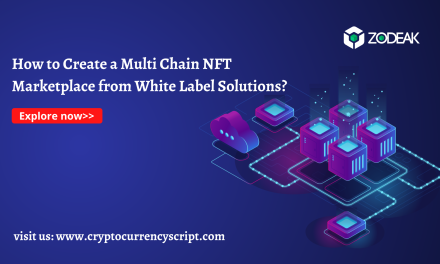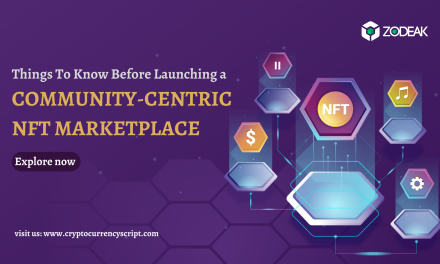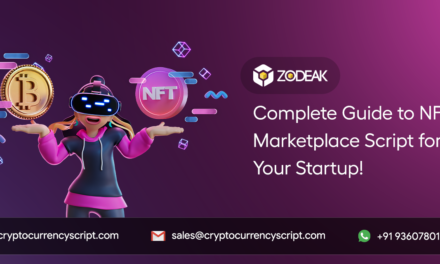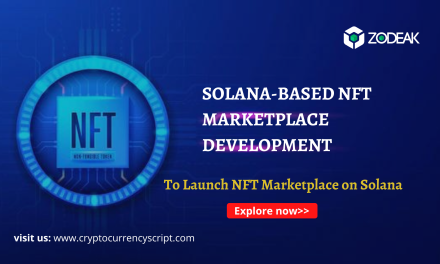Have you ever wondered why Coinbase decided to venture into the creation of its NFT marketplace? We’ll delve into that topic shortly before heading into the topic of how to create a platform like Coinbase NFT Marketplace.
The NFT market is gaining more attention and popularity, covering various categories such as digital art, collectibles, music, business cards, online gaming, etc. According to Statista, the NFT market capitalization is estimated to reach approximately $1,601 million in 2023, where the annual growth rate from 2023 to 2027 is expected to be about 18.55%.
The figures above show a bright future for NFT compared to last year’s figures. The reason I suggest you create a platform similar to the Coinbase NFT marketplace is because of their previously successful exchange, wallet, cloud, and other crypto-related products. Besides, in 2022, they successfully launched a new product in their NFT marketplace.
So by following the path of successful individuals in the crypto industry and adding your ideas to their strategies, you easily enter the market and reach a broader reach.
Now let’s get started on how to build a platform like Coinbase NFT marketplace.
Step 1: Define Your Need First
To launch an NFT marketplace, you must first establish your unique selling proposition and requirements. This includes identifying the target audience, NFTs available for purchase, payment options, and features of your platform.
Step 2: Choose Your Niche
Niche selection is the most crucial part of the NFT marketplace and is highly recommended to narrow your focus to a specific area. Instead of trying to cater to a large audience, target the open market that matches your interests and skills.
Example: Coinbase NFT Marketplace niche is digital art and collectibles.
Step 3: Determine the Technology Stack
The technology stack can be different from project to project, depending entirely on your preferences. Here is an example of a technology stack to create your platform like Coinbase NFT marketplace.
Blockchain platforms: Ethereum
NFT standards: ERC721, ERC1155
Smart contracts: Solidity
Frameworks: React, Angular, Web3.js or ethers.js
Wallet: MetaMask
Storage platform: IPFS, Filecoin
Database: MongoDB
Step 4: Define Your UI/UX Design
User Interface (UI) and User Experience (UX) are critical components of any successful online marketplace. A simple, unique, and visually appealing UI will enhance usability and attract users to your platform. Collaborate with skilled designers to craft a UI/UX that ensures a smooth experience for your marketplace users.
Step 5: NFT Marketplace Development
Once we have a well-defined UI/UX strategy, it’s time to move on to NFT marketplace development. When selecting a framework, it is important to choose a wide range of option that is in line with your value proposition.
Besides, work collaboratively with the NFT marketplace development company to develop and estimate project timeframe, ensuring there are clear guidelines for your marketplace.
Step 6: Code Smart Contracts for NFTs
As this platform deals with NFTs, you require strong smart contract development. Smart contracts are fundamental to authenticating and validating the data of NFTs on the blockchain. Using a smart contracts token generator to create and control NFTs securely, setting up accept as true with transparency in the platform.
Step 7: Integrate Wallet
Seamless transactions are vital for any online marketplace, and the same applies to NFTs. By integrating a digital wallet like MetaMask, you enable NFT creators and users to carry out encrypted and steady transactions. Most NFTs are sold in ETH, so integrating an Ethereum-supported wallet can be very beneficial for your users.
Step 8: Test and Deploy
Testing is an essential step to launching an impeccable NFT marketplace like Coinbase. Thoroughly identify and clear up any backlogs that could stand up throughout this phase. Comprehensive software checking out guarantees that your task runs smoothly, ensuring credibility and first-quality software functionality.
Step 9: Post-Launch NFT Marketplace
Your responsibilities don’t end up with the launching platform like Coinbase NFT marketplace. Post-launch assistance is vital to promptly cope with any bugs or performance problems that may emerge. Maintaining overall performance and user satisfaction could be important to the long-term success of your NFT marketplace.
Step 10: Create the Marketing Plan
To attract users and NFT creators to your marketplace, a well-planned advertising or marketing strategy is crucial. Leverage social media and other advertising and marketing channels to increase attention, drive visitors, and set up a sturdy presence in the buzzing NFTs space.
Hope you’ve gained some understanding of how to create a platform similar to the Coinbase NFT marketplace, right? Now, let’s conclude this blog with some important points.
Takeaway
You have two options here, to choose a Coinbase NFT Marketplace clone or to build it from scratch based on your specific needs and features. Opting for a clone solution can be a quick and cost-effective solution, providing you with a pre-built platform to the tried and proven success of Coinbase.
On the other hand, building from scratch allows you to customize and control every aspect of the platform. It is suitable for those who want unique features, improved security, and scalability like the Coinbase NFT marketplace.
Besides, our experts at Zodeak NFT marketplace development company are here to guide you through a thorough analysis of your budget, timeline, and long-term objectives before making any decision.
Whether you are planning of creating an NFT market or seeking to consult, our experts will provide you with valuable insights and assist create an NFT marketplace business model. We look forward to assisting you on your NFT journey!

